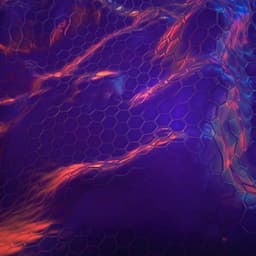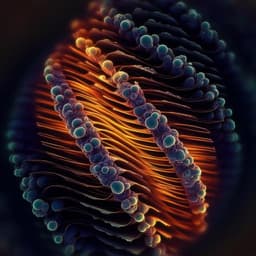
Engineering and Technology
Elastocapillary cleaning of twisted bilayer graphene interfaces
Y. Hou, Z. Dai, et al.
This groundbreaking research by Yuan Hou and colleagues unveils a unique self-cleaning mechanism in layered van der Waals materials. Through elastic and capillary forces, interfacial contaminants coalesce into easily removable nanopockets, demonstrating remarkable self-renewal capabilities of bilayer graphene.
Playback language: English
Related Publications
Explore these studies to deepen your understanding of the subject.







